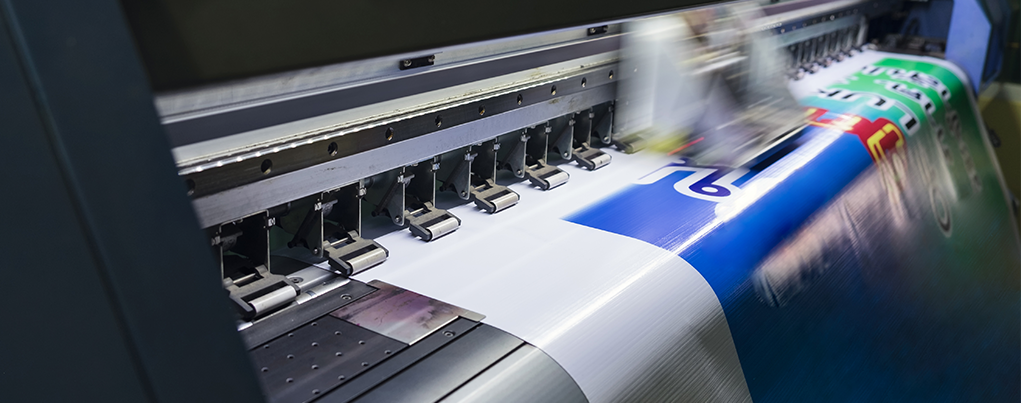
Print advertising remains a cornerstone of marketing strategies, offering a tangible and versatile way to reach target audiences. Here's a detailed breakdown of the key components:
Magazine and Newspaper Ads:
Magazine and newspaper ads are stalwarts in the realm of print advertising, offering businesses a platform to showcase their products or services to a broad or niche audience. These ads can vary greatly in size, design, and placement, allowing advertisers to tailor their approach to fit their budget and marketing goals.
Design and Layout: Magazine and newspaper ads demand captivating designs and layouts to catch the reader's attention amidst a sea of content. Visual elements such as images, colors, and typography play a crucial role in conveying the brand's message effectively. The layout should be clean, concise, and easy to digest, guiding the reader's eye through the ad's content seamlessly.
Targeting and Placement: One of the advantages of magazine and newspaper ads is the ability to target specific demographics or interests based on the publication's readership. Advertisers can choose publications that align with their target market, ensuring their message reaches the right audience. Strategic placement within the publication can further enhance visibility and engagement.
Call to Action: Effective magazine and newspaper ads include a clear and compelling call to action (CTA) prompting readers to take the desired next step, whether it's visiting a website, making a purchase, or contacting the business. The CTA should be prominently displayed and incentivize action through discounts, promotions, or limited-time offers.
Brochures and Flyers:
Brochures and flyers offer a tangible and informative way to engage potential customers, providing detailed information about products, services, or events in a compact format. These printed materials are versatile marketing tools suitable for various settings, from trade shows and conferences to local community events.
Content and Information: Brochures and flyers should deliver concise yet comprehensive information about the advertised offerings, including key features, benefits, pricing, and contact details. Visual elements such as photos, illustrations, and infographics can enhance readability and convey information effectively.
Design and Branding: The design of brochures and flyers should reflect the brand's identity and messaging, maintaining consistency with other marketing materials for cohesive branding. Attention-grabbing headlines, vibrant colors, and engaging layouts can capture the audience's interest and encourage further exploration of the content.
Distribution Strategy: Successful distribution is crucial for maximizing the impact of brochures and flyers. Targeted distribution channels may include direct handouts at events, placement in high-traffic areas, mailing campaigns, or inclusion in product shipments. Tailoring the distribution strategy to reach the intended audience ensures that printed materials reach individuals who are most likely to respond positively.
Direct Mail Campaigns:
Direct mail campaigns involve sending promotional materials, such as postcards, letters, or catalogs, directly to individuals' mailboxes. Despite the rise of digital marketing, direct mail remains an effective strategy for reaching targeted audiences and driving engagement.
Personalization and Targeting: Direct mail allows for highly personalized messaging tailored to individual recipients based on demographic data, purchase history, or past interactions with the brand. Personalization enhances the relevance and increases the likelihood of a positive response from recipients.
Creative Packaging: The packaging of direct mail pieces plays a crucial role in grabbing recipients' attention and enticing them to open the mail. Eye-catching envelopes, unique shapes, and teaser content on the exterior can pique curiosity and increase open rates.
Measurable Results: Unlike some forms of advertising, direct mail campaigns offer measurable results, allowing advertisers to track response rates, conversion metrics, and return on investment (ROI). This data enables continuous optimization of future campaigns based on performance insights.
In summary, print advertising encompasses a diverse range of formats, each offering unique advantages for reaching and engaging target audiences. Whether through magazine and newspaper ads, brochures and flyers, or direct mail campaigns, businesses can leverage print media to effectively communicate their message, drive brand awareness, and generate meaningful interactions with customers.
© Smartzone is Proudly Owned by Smartzone Smartzone